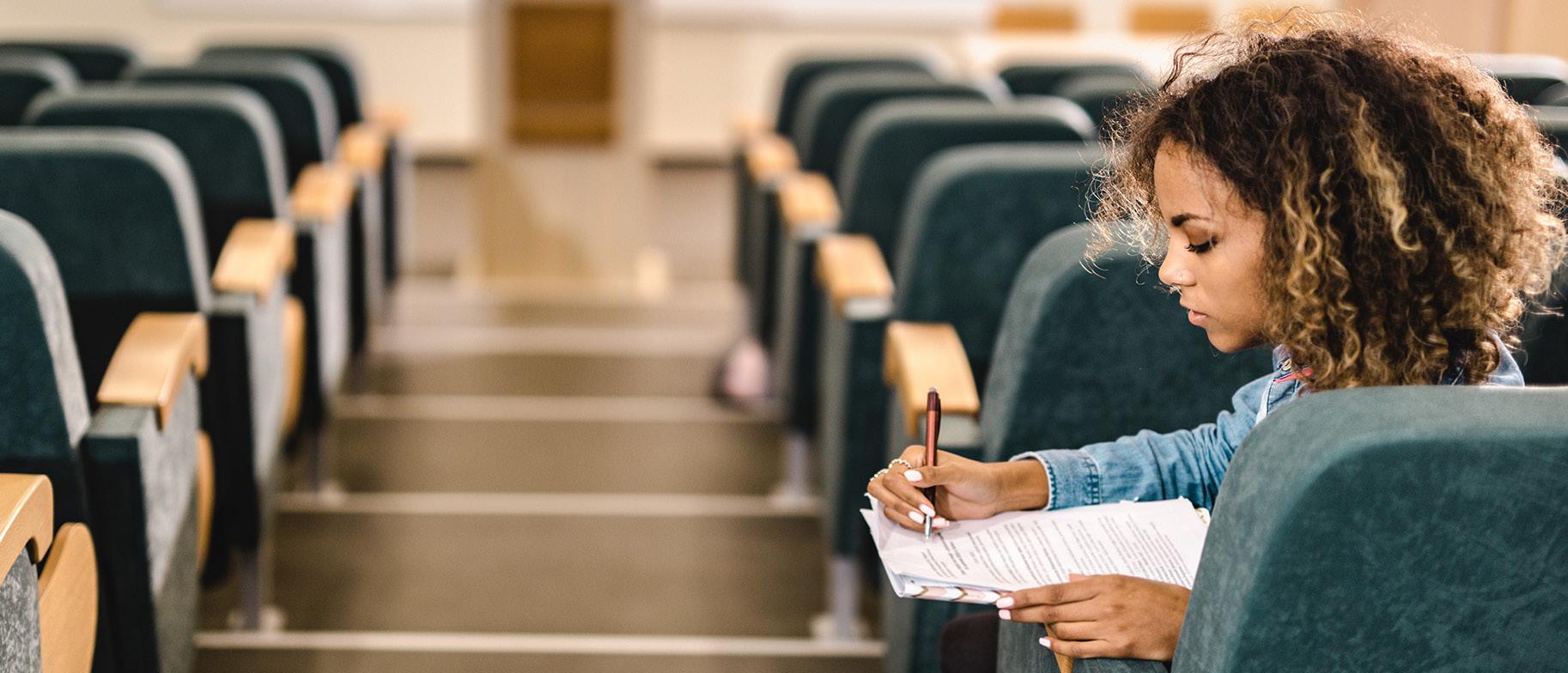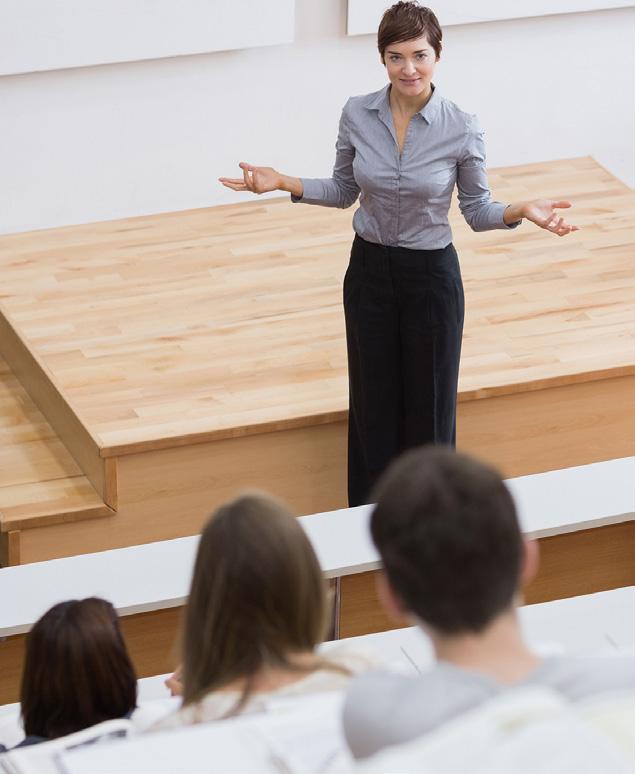
3 minute read
Lecture Capture Technology
A QUICKSTART GUIDE
FOR LECTURE CAPTURE TECHNOLOGY
CHECK OUT THIS ARTICLE ONLINE
The pace of class slows as the instructor scrawls out definitions and key phrases across the board so students can copy it down before advancing onto the next topic. Students are half in, half out -- meaning, they’re listening to the instructor about half the time but dedicating the rest of their attention to jotting down notes in a legible manner.
The result? Students miss out on important aspects of the lecture or don’t retain quite as much as they’d like, while professors continue to slow the pace down to accommodate the students. By the end of the semester, students and instructors, both, are cramming for exams.
Recurring situations like this have added to the appeal and necessity of having a reliable lecture capture solution in place on the modern college campus. What’s more, students and instructors have come to expect technology like this in the classroom. A University of Wisconsin-Madison study found that 83 percent of students said that they prefer classes that offer online lectures over classes that don’t. With that in mind, this quickstart guide is designed to give you a crash course on the need-to-know information related to lecture capture.
WHAT IS LECTURE CAPTURE?
Lecture capture is the means for recording the audio, video and presentation material of a keynote, lecture or an address with the intention of making it available via livestreaming or on-demand for later consumption.
Today, what’s common at many colleges is an instructor prerecording lectures for students, making them available on a learning management solution (LMS) -- like Blackboard, Canvas or Moodle -- and then assigning students to view it ahead of time, so the in-person class session can be dedicated to discussion and group work.
Or, instructors will record a lesson during normal class hours in person. Students will show up to class normally. The class is held as it would be in a traditional setting. But a lecture capture system is running in the background to ensure the class session can be made available to those students who missed that day or, in the case of livestreaming, those students who are watching remotely.
HOW TO MAKE LECTURE CAPTURE WORK
Making lecture capture happen is split between a few main courses of action - technologically speaking. There is the hardware route and the software route, and then there is a blended route. While there are many considerations to take into account when deciding which route is best for your university, it’s important to know that to make lecture capture happen, you’ll need to be able to record high-quality audio and video, make it available to students via livestreaming and on-demand, and store that data in a reliable way.
Taking the hardware route will require cameras, switchers, microphones, smart boards and displays, and more. The software route takes some of this away, but instructors must have a means for recording, whether that be their computers or a portable setup that’s easy to use and travel with.
What seems to be most common is a blend of the two, using a hardware-based system in some situations, while also allowing for software-based capture as needed. Both ways demand storing the data so students can easily access it on-demand.
LECTURE CAPTURE BASICS

AV BRIDGE 2X1 CEILINGMIC OR TABLEMIC PAN/TILT/ZOOM (PTZ) CAMERAS
LECTURE CAPTURE UPGRADED
AV BRIDGE MATRIX PRO CEILINGMIC OR TABLEMIC PAN/TILT/ZOOM (PTZ) CAMERAS
PRESENTER TRACKING SYSTEM TRIGGERS LIKE BUTTON PODS, MATS & IR SENSORS
CONNECTIVITY
CAT5E CABLES HDMI CABLES USB CABLES










